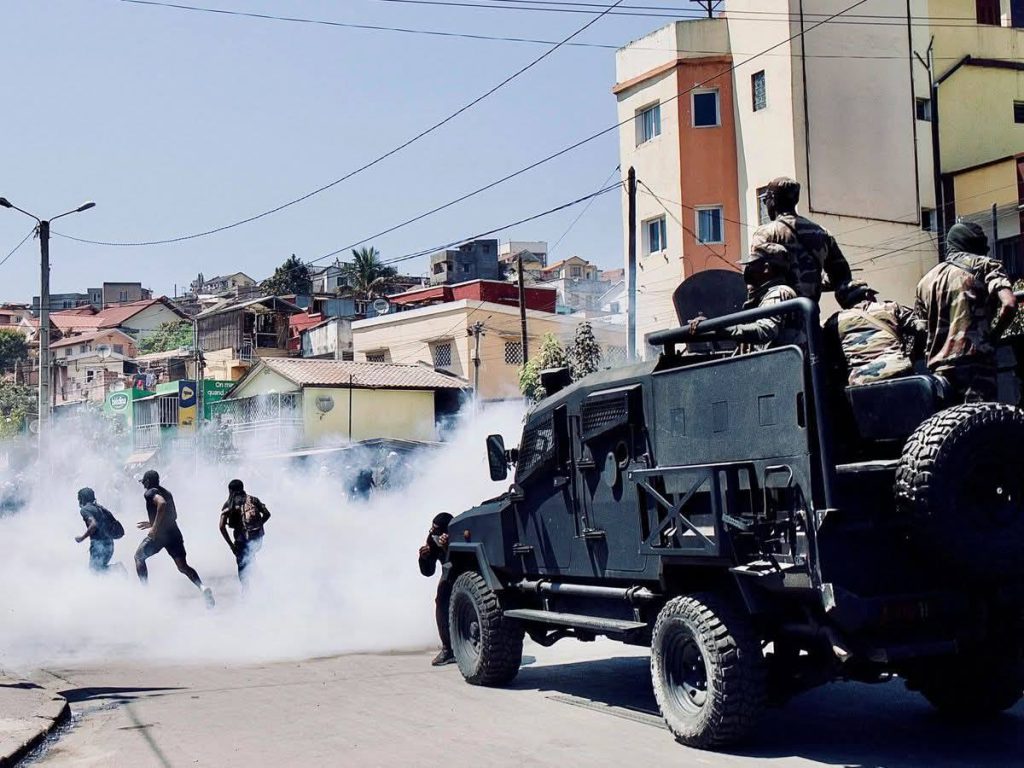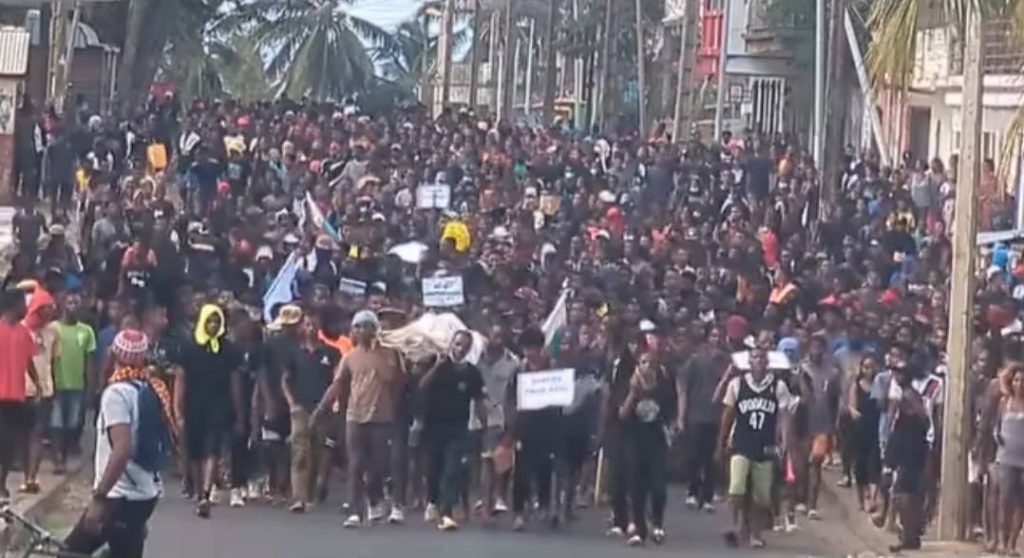Gen Z-Led Protests Turn Deadly as Madagascar Security Forces Blame Demonstrators

Madagascar’s security forces have blamed protesters for the escalating violence that has rocked the country for nearly two weeks, claiming their actions were provoked by the crowd’s defiance. The statement came after another wave of deadly clashes in the capital, Antananarivo, on Saturday.
According to the joint command, which includes the army, police, and gendarmerie, “Certain individuals engaged in violent acts and did not comply with the instructions of the security forces. Measures taken by the security forces on the ground depend on the behaviour of the protesters.” The authorities argue that their response has been reactive rather than aggressive, following the actions of demonstrators who allegedly turned violent.
What Sparked the Deadly Protests in Madagascar?
The unrest began on September 25, with young people leading near-daily rallies over claims of government mismanagement, worsening living conditions, and severe water and power shortages. What started as peaceful demonstrations quickly turned violent as protesters clashed with heavily armed security forces. The UN reports that at least 22 people have been killed and hundreds injured since the protests began, condemning what it described as excessive force and the use of live ammunition by police.
According to the UN, the victims include both protesters and bystanders, some of whom were killed by police gunfire, while others died in chaos triggered by looters and criminal gangs taking advantage of the disorder. The government has dismissed these casualty figures, labeling them as misinformation.

What Is the Situation in Antananarivo Now?
On Sunday, calm temporarily returned to the streets of Antananarivo, with residents attending church services and fewer signs of confrontation. This followed a tense Saturday when thousands of people took to the streets demanding President Andry Rajoelina’s resignation. Police responded with tear gas to disperse the crowd, while pro-government supporters held a smaller counter-rally in the city.
In an attempt to ease public outrage, President Rajoelina dismissed his government on Monday, signaling possible changes amid the growing crisis. Despite its rich natural resources, Madagascar remains one of the poorest nations in the world. According to the World Bank, nearly 75 percent of its 32 million citizens live below the poverty line. Corruption remains a major challenge, with the country ranking 140th out of 180 on Transparency International’s global corruption index.
The continuing unrest highlights deep frustrations among Madagascar’s youth, who see economic hardship, poor governance, and inequality as urgent issues demanding immediate action.
By Lucky Anyanje











